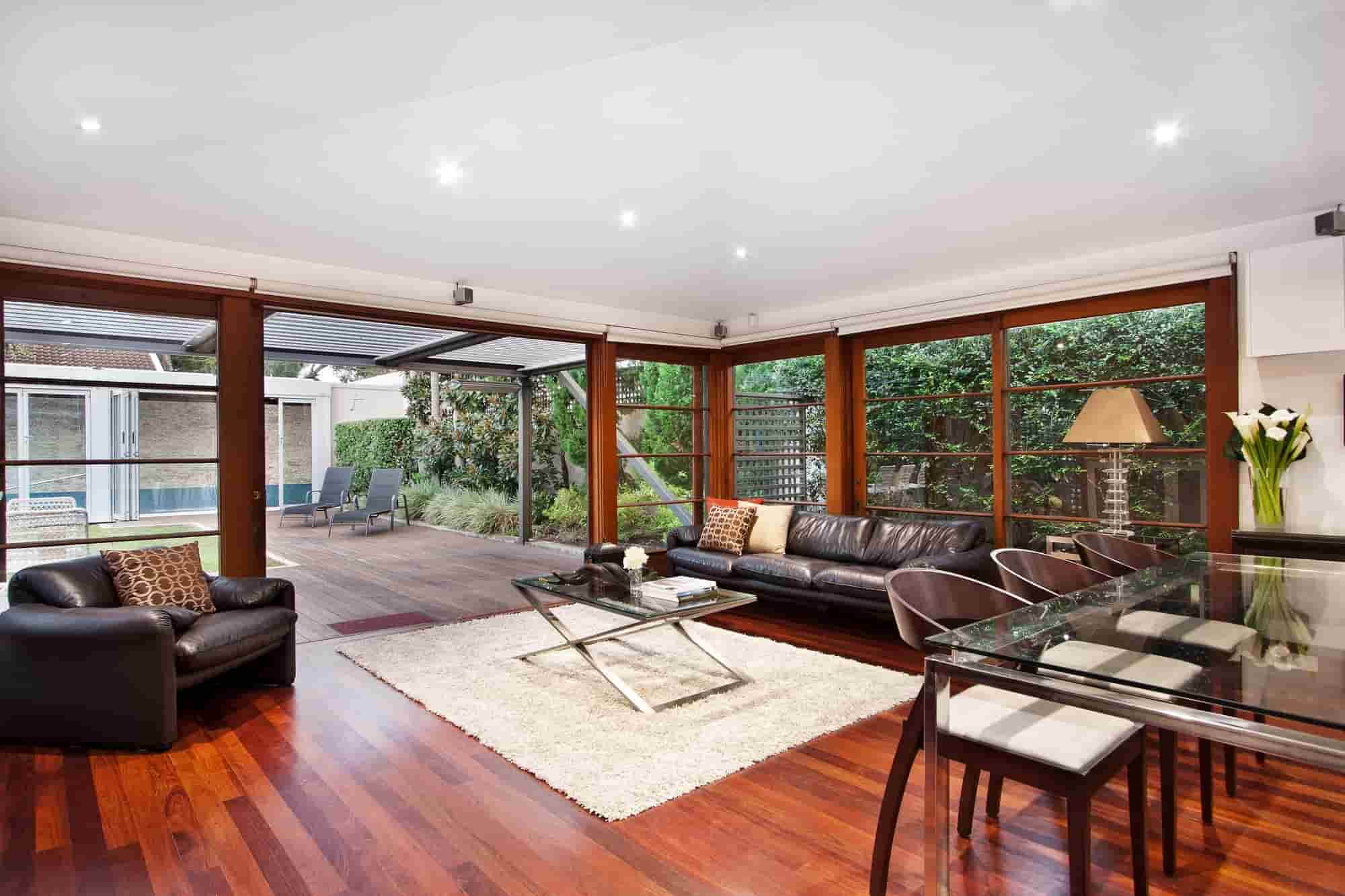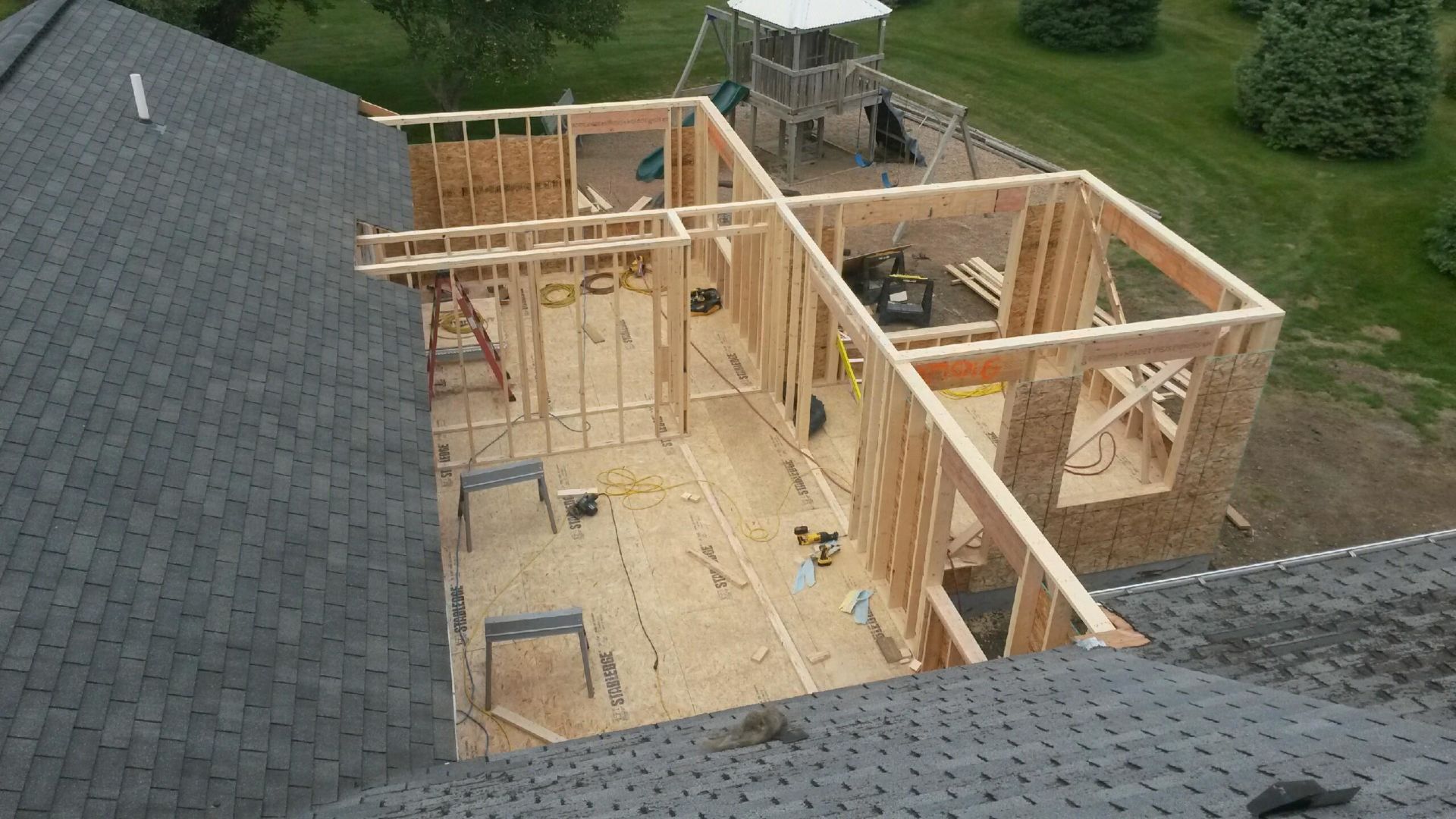Planning Your Bedroom Addition

Adding a bedroom to your house can be a significant investment, but it can also bring many benefits. A new bedroom can provide extra space for family members, guests, or even a home office. It can also increase the value of your home, making it more attractive to potential buyers.
Factors to Consider
Before you start planning your bedroom addition, it’s essential to consider several factors. These factors will influence the overall design, budget, and feasibility of your project.
- Budget: Determine how much you can afford to spend on the addition. This will help you narrow down your options and choose materials and contractors that fit your budget.
- Space: Consider the available space for the addition and how it will affect the overall layout of your house. You’ll need to determine the size of the bedroom, the location of the addition, and any necessary structural changes.
- Style: Decide on the style of the addition. Will it match the existing style of your house, or will it be a more modern or contemporary design? This will influence the materials used and the overall look of the addition.
Essential Considerations Checklist
Here’s a checklist of essential considerations to help you plan your bedroom addition:
- Zoning and Building Codes: Ensure your addition complies with local zoning and building codes.
- Permits and Approvals: Obtain all necessary permits and approvals before starting construction.
- Foundation and Structure: Determine the best foundation and structural support for the addition.
- Utilities: Plan for electrical, plumbing, and HVAC connections to the new bedroom.
- Lighting and Ventilation: Consider natural and artificial lighting, as well as adequate ventilation.
- Insulation and Energy Efficiency: Choose appropriate insulation and energy-efficient materials to minimize energy costs.
- Interior Design: Plan the layout, furniture, and decor of the bedroom to create a comfortable and functional space.
Bedroom Addition Styles
Different styles of bedroom additions offer various advantages and disadvantages. Here’s a table outlining some popular options:
| Style | Pros | Cons |
|---|---|---|
| Traditional | Blends seamlessly with existing homes, adds value | May be more expensive, requires skilled craftsmanship |
| Modern | Clean lines, contemporary appeal, energy-efficient | May not suit all homes, can be more expensive |
| Mediterranean | Warm and inviting, unique character | Can be labor-intensive, requires specific materials |
| Rustic | Natural materials, cozy and inviting | May be more expensive, requires specialized contractors |
Designing Your Bedroom Addition

Designing your bedroom addition is an exciting step, where you can bring your dream space to life. From layout to lighting, there are many elements to consider to create a comfortable and functional haven.
Maximizing Space in a Bedroom Addition, Add a bedroom to your house
Maximizing space in a bedroom addition is crucial for achieving a comfortable and functional environment. A well-designed layout can create a sense of spaciousness, even in smaller rooms.
- Utilize Built-in Storage: Built-in shelves, cabinets, and drawers can significantly reduce clutter and maximize usable floor space. These solutions can be tailored to your specific needs and seamlessly integrate into the room’s design.
- Maximize Vertical Space: Utilize the vertical space by installing high shelves or a loft bed. This creates extra storage space and opens up floor space for other furniture.
- Use Multi-Functional Furniture: Invest in furniture that serves multiple purposes, such as a bed with built-in storage, a desk that doubles as a vanity, or a sofa bed. This maximizes functionality and minimizes the need for separate pieces.
Bedroom Layout Options
There are various bedroom layout options to consider, each with its own advantages. The ideal layout will depend on the size and shape of your room, your personal preferences, and the furniture you plan to include.
- Traditional Layout: This layout features a bed placed against a wall, with nightstands on either side. It is a classic and comfortable option, suitable for most bedroom sizes.
- L-Shaped Layout: This layout places the bed in a corner of the room, with nightstands on two sides. It is a good option for smaller bedrooms, as it creates a sense of privacy and intimacy.
- Open Layout: This layout features a bed in the center of the room, with furniture arranged around it. It is a modern and spacious option, ideal for larger bedrooms.
Lighting, Ventilation, and Storage Considerations
Lighting, ventilation, and storage are essential considerations for creating a comfortable and functional bedroom addition.
- Lighting: Natural light is essential for a bright and inviting bedroom. Consider installing large windows to maximize natural light. Artificial lighting should be layered, with overhead lights for general illumination and task lighting for reading or working.
- Ventilation: Proper ventilation is crucial for maintaining a comfortable temperature and humidity level. Install a window or vent to allow for air circulation.
- Storage: Plan for adequate storage to keep your bedroom organized and clutter-free. This can include built-in shelves, cabinets, drawers, or a walk-in closet.
Building Your Bedroom Addition: Add A Bedroom To Your House

The construction phase is where your bedroom addition takes shape, and it’s essential to have a clear plan and choose the right materials. This section delves into the steps involved in building your bedroom addition, exploring common building materials, and providing guidance on obtaining necessary permits and finding reputable contractors.
Construction Steps
Building a bedroom addition involves several steps, each contributing to the overall structure and functionality of the addition. The following steps Artikel the general process:
- Site Preparation: The initial step involves preparing the site for construction. This includes clearing the area, excavating the foundation, and leveling the ground.
- Foundation Construction: A solid foundation is crucial for any structure, and bedroom additions are no exception. The foundation type will depend on the soil conditions and the weight of the addition. Common foundation types include concrete slabs, crawl spaces, and basements.
- Framing: The framing provides the structural support for the walls, roof, and floors of the addition. Typically, wood framing is used, but steel framing is also an option.
- Roofing: The roof protects the addition from the elements and requires careful planning and installation. Common roofing materials include asphalt shingles, metal roofing, and tile roofing.
- Siding: The exterior walls of the addition are covered with siding, which provides protection and aesthetic appeal. Popular siding materials include vinyl, wood, fiber cement, and brick.
- Windows and Doors: Windows and doors provide natural light and access to the addition. They should be chosen based on energy efficiency, security, and aesthetic preferences.
- Interior Finishes: Once the exterior is complete, attention shifts to the interior finishes. This includes drywall installation, painting, flooring, and installing fixtures like light fixtures and plumbing.
- Electrical and Plumbing: The electrical and plumbing systems are essential for functionality and safety. These systems need to be installed according to local codes and regulations.
- HVAC: Heating, ventilation, and air conditioning (HVAC) systems are crucial for maintaining a comfortable temperature in the addition. The type of HVAC system will depend on the size and layout of the addition.
Common Building Materials
The choice of building materials for your bedroom addition is a crucial decision that affects both the cost and the longevity of the addition. Here are some common materials used for bedroom additions and their pros and cons:
| Material | Pros | Cons |
|---|---|---|
| Wood Framing | Versatile, affordable, easy to work with | Susceptible to rot and insects, requires regular maintenance |
| Steel Framing | Strong and durable, fire-resistant, less prone to pests | More expensive than wood, can be difficult to work with |
| Concrete Slab Foundation | Durable, resistant to moisture, provides a solid base | Can be expensive, requires specialized equipment |
| Crawl Space Foundation | Affordable, provides access to utilities, allows for ventilation | Susceptible to moisture damage, can be difficult to access |
| Asphalt Shingles Roofing | Affordable, easy to install, wide variety of styles | Shorter lifespan than other materials, can be damaged by hail |
| Metal Roofing | Durable, long lifespan, energy-efficient | Can be noisy in heavy rain, more expensive than asphalt shingles |
| Vinyl Siding | Low maintenance, affordable, wide variety of colors | Can fade in sunlight, not as durable as other materials |
| Wood Siding | Natural look, durable, can be stained or painted | Requires regular maintenance, susceptible to rot and insects |
Permits and Approvals
Before starting construction on your bedroom addition, it’s crucial to obtain the necessary permits and approvals from your local building department. These permits ensure that the addition meets local building codes and safety regulations.
- Building Permit: This permit is typically required for any new construction, including bedroom additions. It ensures that the addition is designed and constructed to meet local building codes.
- Electrical Permit: If the addition involves new electrical wiring, you’ll need an electrical permit. This permit ensures that the electrical work is done safely and meets local codes.
- Plumbing Permit: Similar to the electrical permit, a plumbing permit is required if the addition includes new plumbing fixtures or lines. This permit ensures that the plumbing work is done safely and meets local codes.
- Zoning Permit: This permit ensures that the addition complies with local zoning regulations, which may include setbacks, height restrictions, and other requirements.
Finding Reputable Contractors
Choosing the right contractor is crucial for the success of your bedroom addition project. A reputable contractor will have the experience, expertise, and resources to complete the project on time and within budget.
- Get Recommendations: Ask friends, family, and neighbors for recommendations. They can provide insights into the contractor’s work quality, reliability, and communication skills.
- Check Online Reviews: Research potential contractors online and read reviews from previous clients. Look for reviews that provide detailed information about the contractor’s work quality, professionalism, and responsiveness.
- Verify Licensing and Insurance: Ensure that the contractor is licensed and insured in your state. This protects you from potential liability in case of accidents or injuries during construction.
- Get Multiple Quotes: Get quotes from several contractors to compare pricing and scope of work. Don’t just choose the cheapest option, but consider the contractor’s experience, reputation, and communication skills.
- Review Contracts Carefully: Before signing any contracts, review them carefully and ask any questions you have. Ensure that the contract clearly Artikels the scope of work, payment terms, and project timeline.
